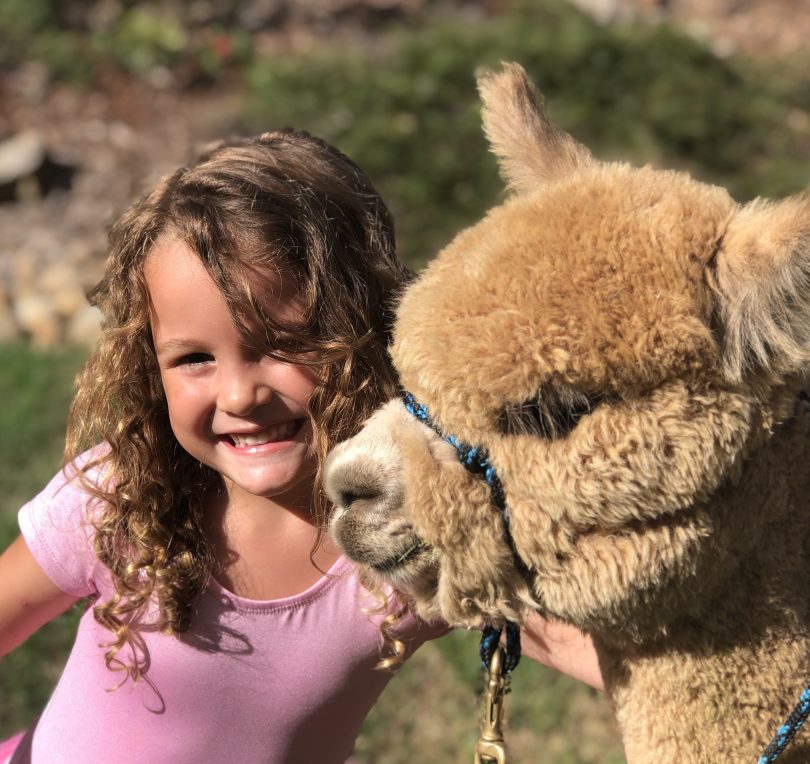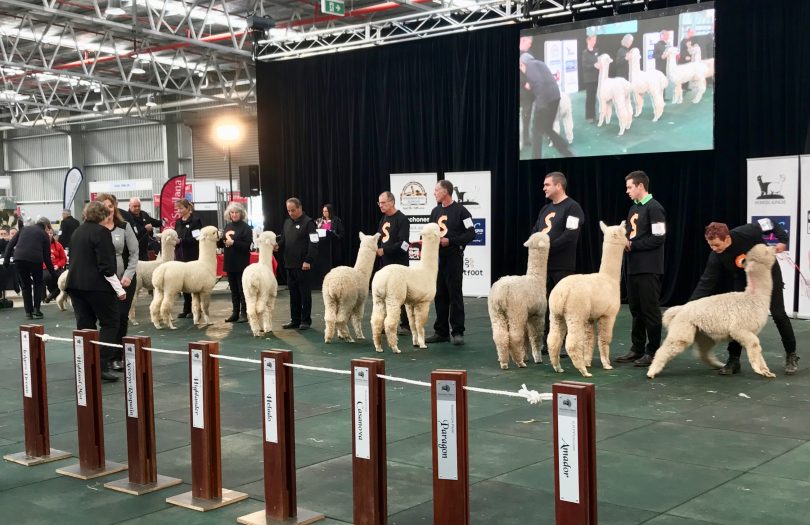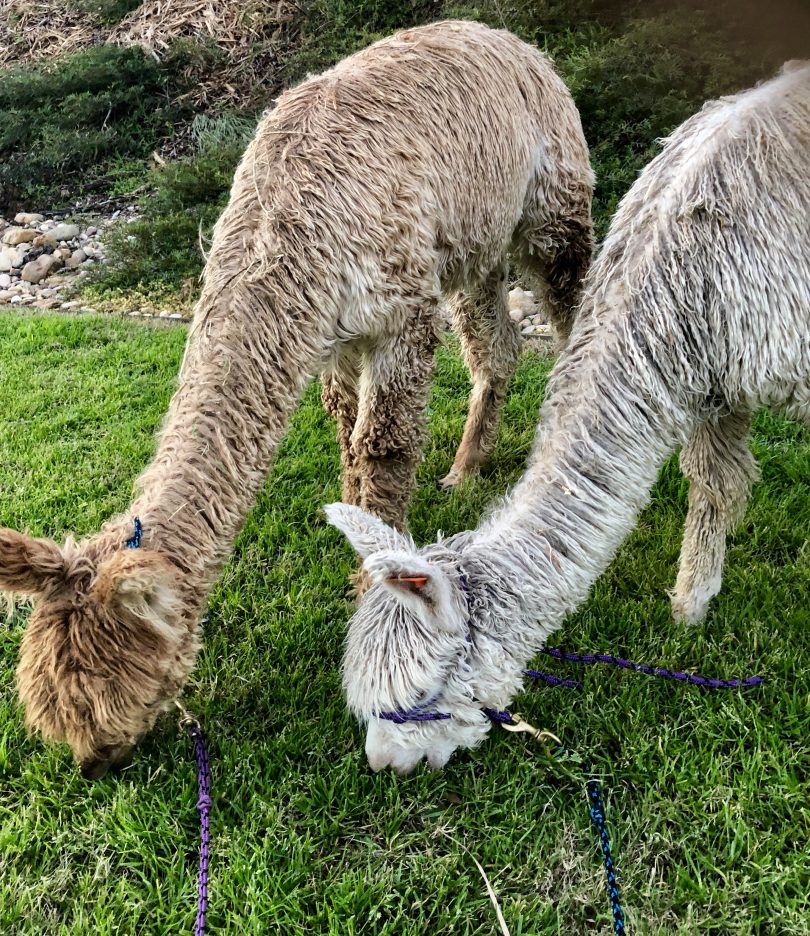
Cute and cuddly looking, alpacas are hardy stock animals with a beautiful fleece. The best of the best will be on show at EPIC from Friday. Photos: Supplied.
They may look cute and cuddly but alpaca farming is a serious business, servicing growing export markets and providing a kinder grazing alternative for the fragile Australian landscape.
The industry, now 30 years old, will be on show from Friday to Sunday at the Australian Alpaca Nationals at Exhibition Park, returning to Canberra after many years.
The flagship event will see the best of Australian breeding and alpaca products judged, as well as a range of events, demonstrations and trade stands for the public.
On Friday night a fashion parade at EPIC’s Terrace restaurant will showcase garments made from alpaca fleece, which has won a hard-earned reputation for its quality.
“We plan to have the best of the best animals exhibited, as well as a fleece show that will shine a spotlight on the superb quality of Australian fleece. The fibre arts and product show will be a true celebration of alpaca product,” said Ian Frith, President of the Australian Alpaca Association.

Judging will be serious business at EPIC.
Convenor Sharon Dawson said 448 animals from across the country would be on show and judged, with both types – huacaya and suri alpacas – represented.
She said huacaya alpaca had fleece-like sheep while the suri’s was longer like an Angora goat.
“The fleece is elite, it’s up there with cashmere in softness, lighter than wool and hollow so it’s warmer than wool,” she said. “It’s warm, light and luxuriantly soft.”
China can’t get enough of it and Italy uses the fine fleece for suits.
Ms Dawson said the industry had worked hard over the decades to improve the quality of the fleece through selective breeding and better genetics.
But it had been a slow process building the national herd because alpacas only have one baby a year with a gestation of 11 and a half months.
“People have gone from keeping their fibres stocked in their shed to now selling it left, right and centre and having it processed,” she said.

Alpacas are kinder on the environment than sheep and cattle.
While the export market had taken off, there were also quite a few mini-mills in Australia processing fleece into yarn or garments.
Visitors to the Nationals will be able to see what the industry is doing with the fibre, as well as purchase a variety of products, with about 20 trade stands operating.
Ms Dawson said alpacas were hardy stock animals that were also environmentally friendly, with their soft padded feet gentle on Australian soils and their grazing habits kinder on the landscape than sheep or cattle by not eating pasture down to the roots.

A weekend ‘pac’ked with events.
The Andean animal does best in cooler sheep country but they don’t need as much water as sheep or cattle, requiring only five litres a day compared to the 50 litres a cow might need.
Ms Dawson said visitors could watch spinning, have a go at weaving and felting and generally experience the beauty of the animals and their fleece.
There will also be camel rides for the kids.
The 2019 Australian Alpaca National Show is on from 23-25 August at EPIC. For more information go to https://alpacaevents.com.au
Original Article published by Ian Bushnell on The RiotACT.







